Laboratory & Materials
RESEARCH and DEVELOPMENT
Within our company there is a Research and Development laboratory equipped with all the latest equipment to develop our polyurethane systems . Our ultimate goal is to continuously improve and expand our product range and ensure quality products for our customers.
To ensure this, we carry out chemical analysis for the identification of the incoming raw material, characterization of the chemical-physical properties of the final product according to current regulations, and a constant search for innovative products.
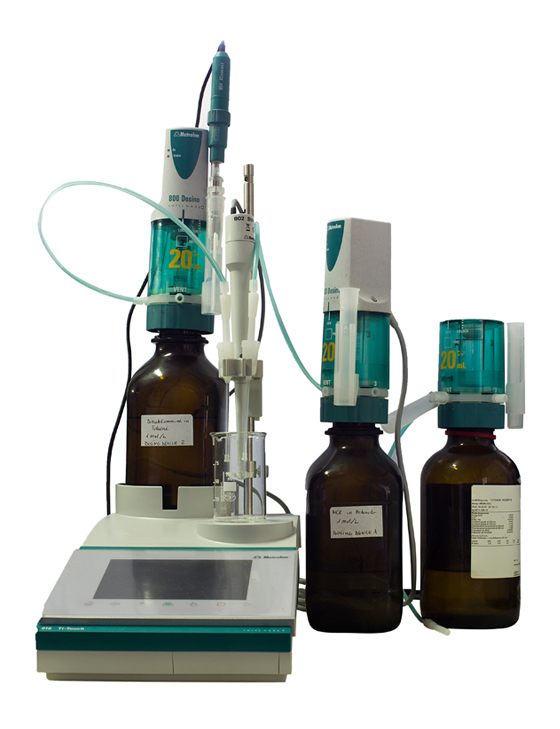
HOLDER
To ensure consistency and quality in the final product, it is necessary to know the hydroxyl number of the starting polyol. The hydroxyl number is defined as the number of mg of KOH that equals the amount of hydroxyl in 1 gram of sample.

HOLDER
The percentage of free NCO groups that combine with an equivalent of excess n butylamine is determined.
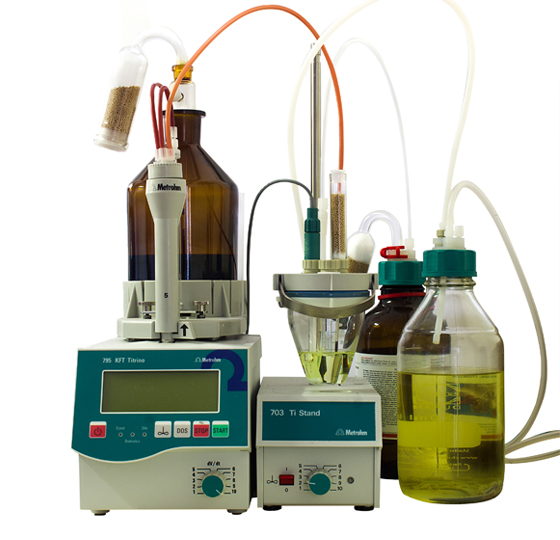
KARL FISHER TITRATOR
The Karl-Fisher titrator is an instrument that is used to make quantitative determinations of water present in liquid, solid and powdered samples.
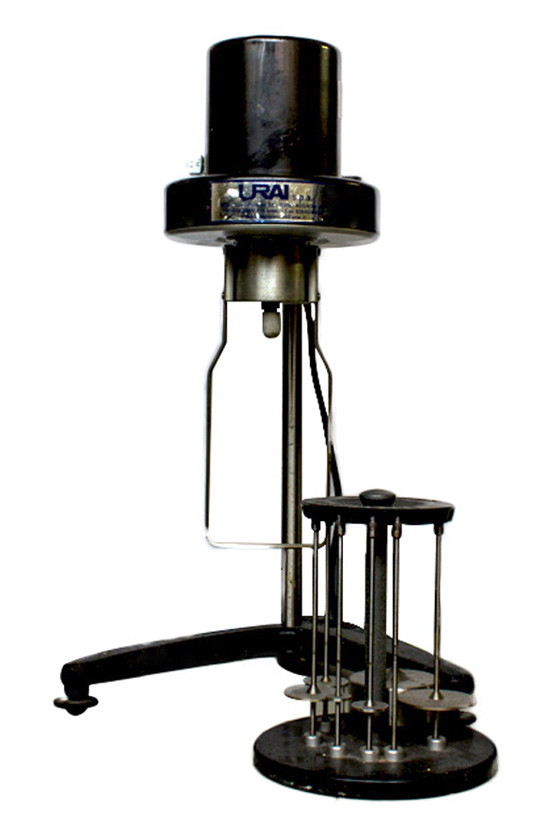
VISCOSIMETER
To improve processability and mixing between components, it is necessary to know the viscosity of incoming products.
The test is carried out according to EN 13702.
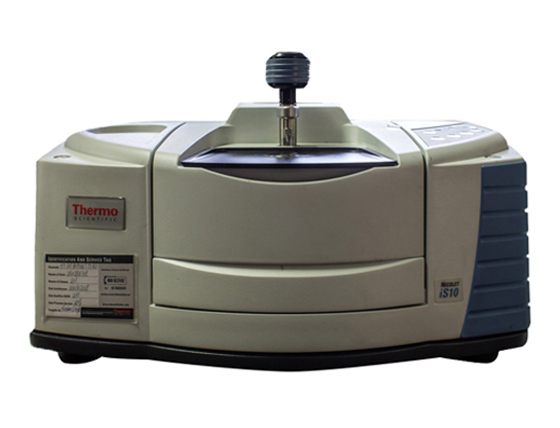
FTIR SPECTROMETER
The use of infrared spectroscopy is a fast and very useful technique in analyzing incoming raw material and identifying unknown samples.
This technique provides information on the functional groups, chemical bonds of the product under analysis by referring the interaction between IR electromagnetic radiation and molecular systems that are found to be interfered in their vibro-rotational levels.
The infrared spectrum of the raw material or product is compared with the spectra in the database, and an assessment on correlation can be made.
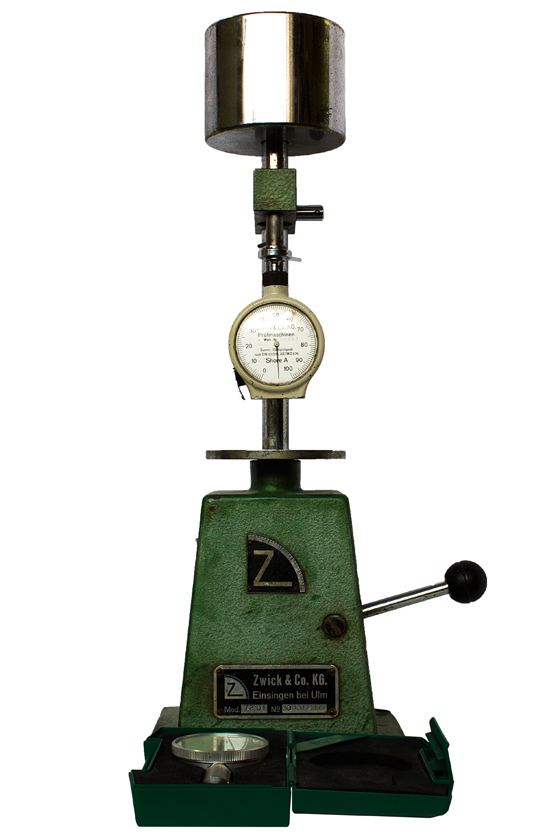
DUROMETER
In our laboratory, hardness determination is done in the Shore A and Shore D scale according to DIN 53505. The test is based on measuring the depth of penetration of a punch within the material under test.
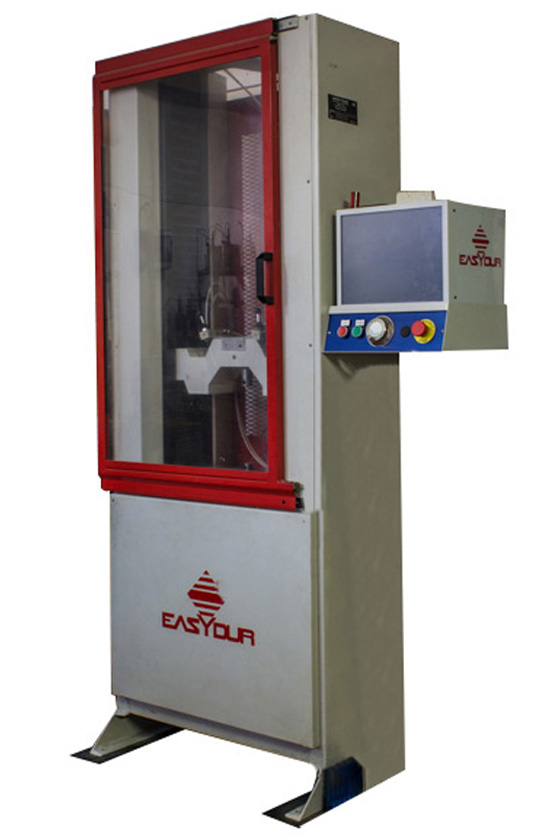
DYNAMOMETER
The physical and mechanical properties of materials in our laboratory are determined by means of the Easydur Universal Dynamometer, which is adapted according to the type of test of interest, such as: Traction, compression, bending.
Tensile strength: to evaluate the behavior of the material at a short tensile stress we perform DIN 53504. The test is to measure the maximum force required per unit cross-sectional area to the point of failure. The result is expressed in MPa.
Compressive strength: to complete the investigation of the behavior of rigid materials, compressive tests are performed in order to identify the stress-strain curve by drawing useful information about the product’s elastic-linear behavior (Young’s modulus) and its behavior at failure.
Flexural strength: through this test, all rigid and semi-rigid materials are characterized. Prismatically shaped and square-sectioned tubes are used, complying with DIN 53452, and the mechanical strength characteristics during 3-point bending are calculated. The value is expressed in MPa.
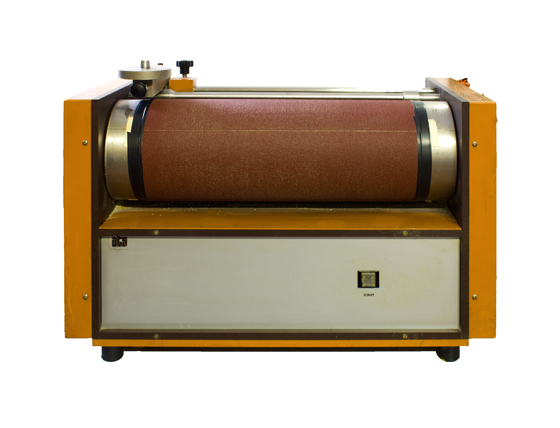
ABRASIMETER
Tests are conducted on test tubes taken from the material under test based on DIN 53516. Mass loss due to material wear from the path made on a rotating cylinder covered with sandpaper is measured.
Abrasion resistance per se is a complex test as it is linked with other material properties (tensile strength, hardness and elastic modulus). The unit of abrasion resistance is expressed in mm3. The lower this value, the higher the strength of the material. Through our research, we were able to obtain materials with excellent abrasion resistance.
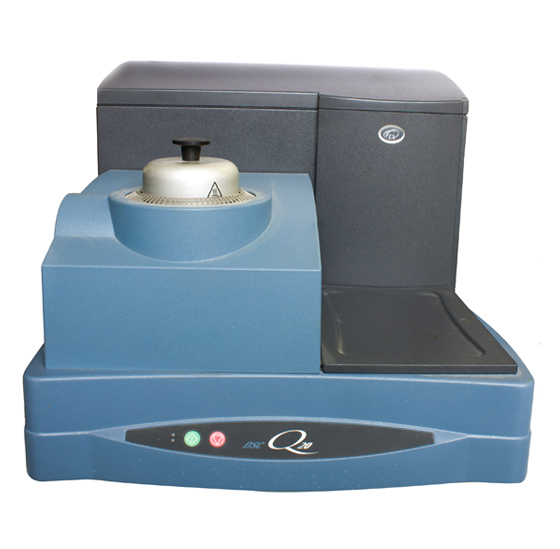
DSC
Through this technique we can evaluate glass transition, melting temperature, crystallization, phase changes, thermal and oxidative stability, cure kinetics, etc.
This information is obtained by measuring the energy the sample has to deliver or yield until it reaches the same temperature as the reference sample.
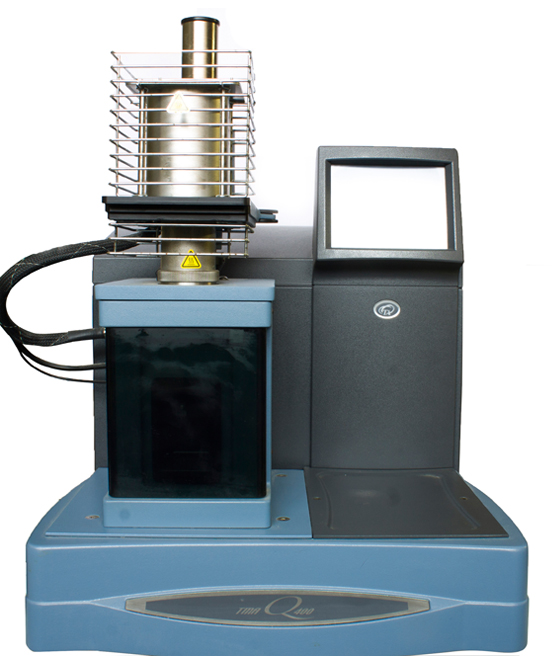
TMA
Thermo-mechanical analysis TMA, is a technique used for measuring dimensional changes in materials as a function of time, temperature and applied force.
Through this technique, the coefficient of thermal expansion, elastic modulus, specific volume change and softening point of the material can be determined.
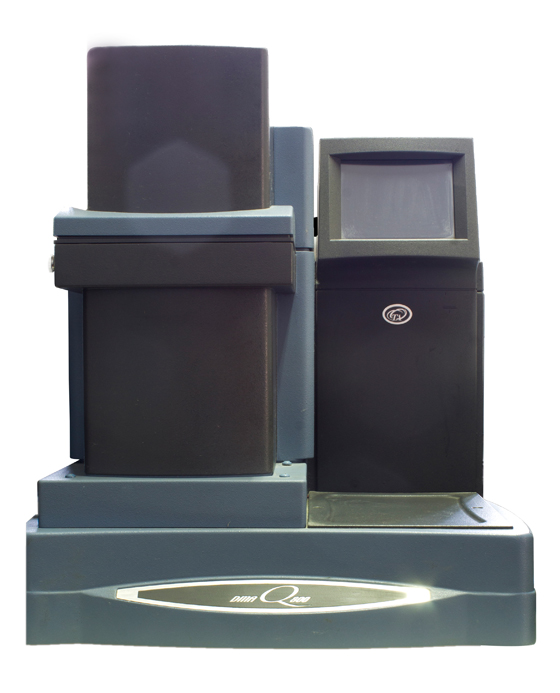
DMA
Through this tool, the viscoelastic properties of polymers can be characterized.
The most common applications of this technique, which is based on the detection of exothermic and endothermic phenomena occurring in the material placed in the calorimeter, involve the determination of melting and glass transition temperatures, specific heat, and the study of crystallization kinetics of polymer matrix materials.
The chemical resistance of a material depends on a number of factors including exposure time, temperature, and concentration. When chemical degradation occurs, the molecular chains of the polymer react with the chemical, and the material may be damaged. At the beginning of the degradation process there is the swelling process in which the solution with chemical agent is absorbed within the structure of the material, and after evaporation of the liquid the material if it does not interact with liquid returns to its original form.
Resistance to acids and basic solutions: these substances are aggressive to polyurethane, even at room temperature. Our material is resistant for a short period of time at room temperature to dilute acid and alkaline solutions. Long-term contact with concentrated acids and concentrated basic solutions is not recommended.
Resistance to saturated hydrocarbons: polyurethane in contact with saturated hydrocarbons such as diesel oil, kerosene petroleum ether, isooctane undergoes swelling on the surface but after a period of time the material tends to return to its original size.
Resistance to aromatic hydrocarbons: contact with aromatic hydrocarbons such as: benzene and toluene, causes swelling on the surface and a reduction in mechanical properties.
The Resistance to oils and greases: polyester-based polyurethane is more resistant to oils and greases you need to check compatibility with additives to their content that can cause irreversible damage.
Contact
For more information
or further requests
